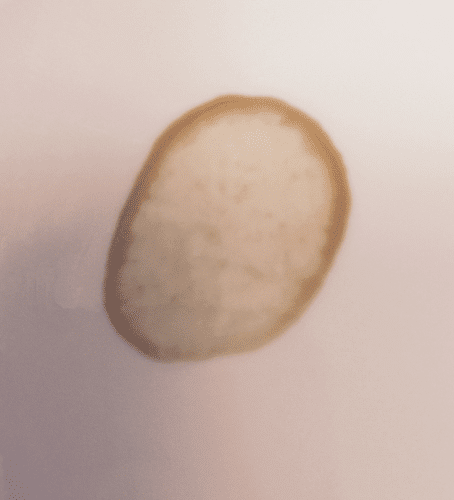Researchers have succeeded in formulating a model by which it is possible to show how a colloidal drop evaporates and in addition they have found a previously overlooked mechanism that more accurately describes the dynamics of particle deposition in evaporating droplets, a mechanism that may be significant in many fields of technology

[Translation by Dr. Nachmani Moshe]
The formation of a simple coffee stain has been the subject of complex research for decades, although there are still open questions in this area. Researchers have succeeded in formulating a model by which it is possible to show how a colloidal drop evaporates and in addition they have found a previously overlooked mechanism that more accurately describes the dynamics of particle deposition in evaporating droplets, a mechanism that may be significant in many fields of technology.
"The understanding and control of the sedimentation dynamics of particles during the evaporation of colloidal droplets can be used in DNA sequencing, the development of innovative dye materials, printing with inks and the production of ordered nano- and microstructures," said Hassan Masoud, a professor in the Department of Mechanical Engineering at the University of Reno in Nevada. "And now we understand this phenomenon much better than before. Our discovery is based on extensive research content, but we advanced the field one step further and succeeded in developing a model of the interrelationship between suspended particles and the free surface area of a drop. We believe that our findings may significantly change the prevailing perception regarding the mechanism responsible for what is known as the 'coffee stain' phenomenon.
When a drop dries on a surface, the particles in that drop usually settle in a circle-like pattern leaving a stain or residue, a phenomenon known as the 'coffee-ring effect' Wikipedia). Until now, researchers believed that the stain was formed as a result of the flow of liquid inside the drop. The researchers found that the free surface area of the droplet, i.e. the outer layer that is in contact with the air, plays a decisive role in the sedimentation of the particles. "When the droplet evaporates, the free surface area collapses and traps the solid particles inside it," said the lead researcher. "Our theory shows that in the end all the particles are trapped inside the free surface area and remain there for the rest of their journey towards the edge of the drop".
The researchers used a less well-known modeling system through which the three-dimensional equations that express the mechanism can be reduced to a one-dimensional equation. "Our innovative approach based on this model distinguishes our study from previous studies," explains the researcher. "No one has used this model to solve this problem, and the model allows us to track the movement of particles that are naturally present in the drop." The discovery could allow scientists to control the movement of particles in a liquid by changing the surface tension of the liquid-gas interface, rather than by controlling the flow of matter inside the droplet. "We can use surfactants in order to change the surface tension of the drop", explains the lead researcher. "In a simple example, if you clean solar panels, which may lose their efficiency due to the dirt accumulated on them, the preferred method is cleaning with water, but there are still sediment stains that are difficult to remove. "Using special cleaning agents that take into account the mechanism we found will be able to leave the boards cleaner, and therefore more efficient in their operation."

One response
And for that there is nothing but to say to the researchers:
"Skin and smell the ignoble!"